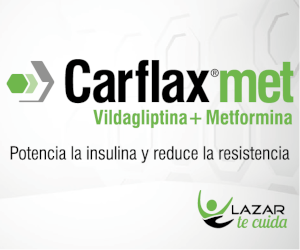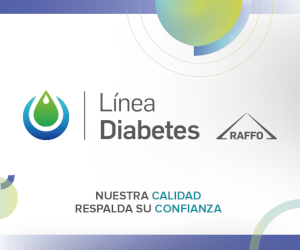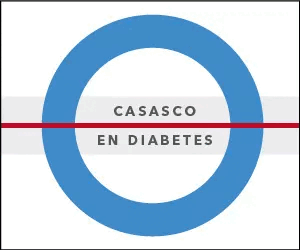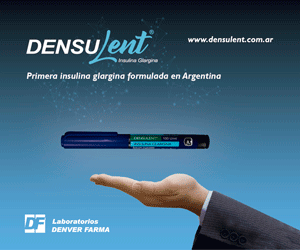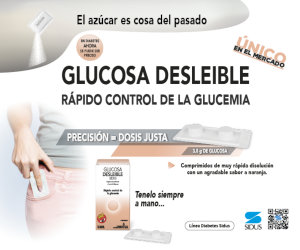Where is the place for insulin therapy?
Keywords:
insulin therapy, diabetesAbstract
More than 100 years after the first use of insulin as a treatment for Diabetes Mellitus (DM), there have been many advances and failures in relation to the development of options that can be adapted to the needs of different patients. With the advent of SGLT2 inhibitors and GLP-1 agonists for the treatment of T2DM and the discovery of their cardiorenal benefits beyond glycemic control, insulin has fallen into third or fourth place in treatment algorithms. However, both for the treatment of T1DM and for patients with T2DM who do not achieve adequate control with other antidiabetic drugs, it is necessary to have insulins that achieve adequate metabolic control with a simple dosage, with fewer adverse events and with characteristics that favor adherence to them.
From insulin extract obtained from an animal pancreas to human insulin recombinants or analogs, the options for mimicking endogenous insulin secretion have increased substantially. However, many patients are still reluctant to use this therapeutic option because it is injectable, because it is impractical, because of social stigma or because of adverse events such as hypoglycemia and weight gain. To achieve more efficient and attractive options, progress has been made in ultra-rapid-acting insulins, weekly insulins, non-injectable insulins, hepatopreferential insulins and glucose-responsive insulins. Ultra-rapid insulin aspartic and lispro allow greater flexibility with better control of postprandial glycemia, without increased hypoglycemia. Ecodec weekly insulin has greater stability and greater binding to albumin, achieving a half-life of 196 hours. Various phase 2 studies showed greater efficacy in reducing glycemic parameters and fewer hypoglycemia when compared with glargine. Basal insulin Fc is also in development with a half-life of 17 days. Various inhaled insulins have been studied and discontinued due to adverse effects and lack of patient acceptance. Oral insulins are being developed because they are easy to administer and have a first hepatic pass that further assimilates them into endogenous insulin. Hepatopreferential insulins could also restore the portal/peripheral insulin ratio, as in the case of insulin lispro contained in vesicles directed to the liver, which showed non-inferiority in the decrease in HbA1c and similar hypoglycemia compared to lispro in phase 2. Finally, insulins responsive to glucose that modulate its action in a certain glycemic range seem to mark the future of DM treatment.
References
I. Jarosinsky M, et al. New Horizons: next-generation insulin analogues: structural principles and clinical goals. The Journal of Clinical Endocrinology & Metabolism 2022; 107(4):909-928.
II. Lee, S-H, Yoon, K-H. A century of progress in diabetes care with insulin: a history of innovations and foundation for the future. Diabetes Metab J 2021;45:629-640.
III. Lewis G, Brubaker P. The discovery of insulin revisited: lessons for the modern era. Clin Invest 2021;131(1):e142239.
Wilso, L, Castle J. Recent advances in insulin therapy. Diabetes Technology & Therapeutics 2020;22(12):929-936.
Downloads
Published
How to Cite
Issue
Section
License
Copyright (c) 2024 on behalf of the authors. Reproduction rights: Argentine Society of Diabetes

This work is licensed under a Creative Commons Attribution-NonCommercial-NoDerivatives 4.0 International License.
Dirección Nacional de Derecho de Autor, Exp. N° 5.333.129. Instituto Nacional de la Propiedad Industrial, Marca «Revista de la Sociedad Argentina de Diabetes - Asociación Civil» N° de concesión 2.605.405 y N° de disposición 1.404/13.
La Revista de la SAD está licenciada bajo Licencia Creative Commons Atribución – No Comercial – Sin Obra Derivada 4.0 Internacional.
Por otra parte, la Revista SAD permite que los autores mantengan los derechos de autor sin restricciones.













